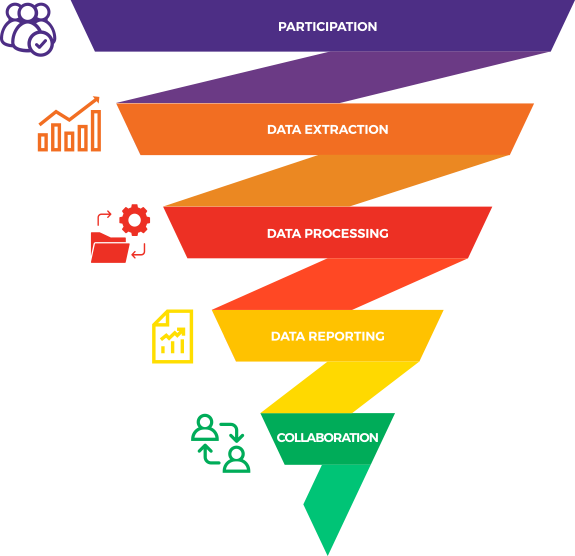Welcome to the ACCESS project website
ACCESS is a national health surveillance network of sexually transmissible infections and blood borne viruses.
Since its inception in 2008, ACCESS has used routinely collected and de-identified data (outside each service) from health services and pathology laboratories to monitor the spread of infections, evaluate policy and practice, and improve service delivery. Click below for a detailed scientific overview of our projects.
LEARN MORE
- Participation
- Data extraction
- Data processing
- Data reporting
- Collaboration
A clinical or laboratory site joins ACCESS to provide data to the national shared aims of surveillance, research and management of blood-borne viruses and sexually transmitted infections.
Extracted health record data (e.g., demographics, tests requested, test results and prescriptions) are irreversibly de-identified outside each service and encrypted and securely transmitted to a central database.
Data are collated, formatted and checked for error before they are massaged into datasets ready for analysis. The data are handled by a small group of nominated researchers who are expert in handling health information.
Reports are generated for key stakeholders including federal and state governments, as well as the sites themselves. All reporting is done in an aggregated format to further protect the confidentiality of patients and participating sites.
Wherever possible, representatives from community organisations and priority populations are consulted with on the design, analysis and authorship of research. ACCESS welcomes collaboration on research projects.
Research
LEARN MOREData
LEARN MOREOur Funders
ACCESS receives core funding from the Australian Department of Health with the aim to monitor Australia’s progress in the control of sexually transmissible infections and blood borne viruses. In addition, the governments of New South Wales, Victoria, Northern Territory, Western Australia and the Australian Capital Territory provide funding for state level outcomes. Funding for particular outcomes is also provided by the Blood Borne Virus & STI Research, Intervention and Strategic Evaluation Program (BRISE), an NHMRC Project Grant (APP1082336), a NHMRC Partnership Grant (GNT1092852), and the Prevention Research Support Program, funded by the New South Wales Ministry of Health.








